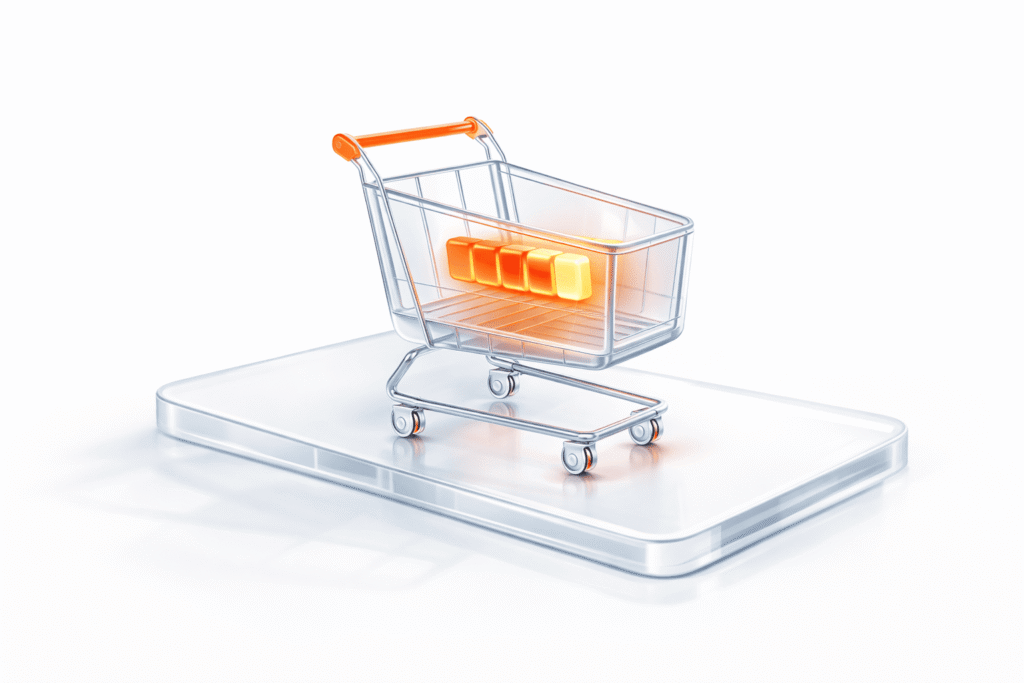Have you noticed that your app often crashes, or users uninstall it soon after the initial download? With high probability, the reason is the performance of your application in various networks and under different loads. To ensure that, test your app’s performance under critical conditions.
Mobile app testing is often even more challenging and tedious than PC software. A large variety of devices, increased mobility of users, and the use of device-specific features — all of this can seem confusing. In this post, you’ll learn more about what it means to perform test mobile apps and get some tips and hacks that will help you do it.
Start with Developing the Plan for Mobile App Performance Testing
A well-thought-out performance testing plan is handy when deciding which checks to include in a list designed specifically for your application’s case. Normally, a performance testing plan consists of the following stages.
Prepare the Environment for Mobile Application Performance Testing
The testing environment is like a lab for testing the influence of different elements on the end-user experience, so it depends on its setup and how effective your tests will be. To set up an environment for mobile app performance testing, you should consider the following:
Choose Suitable Mobile Performance Testing Tools
Testers use two approaches to assessing the performance of mobile apps. The first one is to test the product’s server-side performance. This way, the development team can check the server logic and the app’s readiness. The second one is to assess the app’s performance on a device (either physical or emulated). This way, a tester can see the end product from a user’s point of view.
The most popular tools for server-side performance testing are JMeter, Gatling, and PFLB, while client/device-side performance testing can be carried out with Sauce Labs, Appium Studio, and Robotium to name a few.
Your choice will be up to you only, though: different tools have different features, so if you need to check, for instance, how Touch ID works in your app, your choice will be narrowed down to those tools that have this feature. If you are specifically looking to test the scalability of your APIs, consider using an API load testing tool like PFLB’s cloud-based solution. When making your choice, pay attention to the list of supported protocols, OS versions, browsers, and the tool’s ability to run your own pre-existing tests.
Define the Types of App Performance Tests to Run
Mobile app performance testing guide is quite complex. There are dozens of activities you may need to ensure the product works as required, for example:
Performance Test of Mobile Apps at PFLB
If you have run your tests according to the recommendations above, everything should turn out well. However, mobile application performance testing is, as you may have noticed, a quite complicated process. It includes multiple stages, each of which heavily depends on your product, your goals, and many other internal and external factors.
That is why mobile app performance testing is more efficient when handled by a team of certified professionals who work to save your time and money. At PFLB, in-house engineers are experts on mobile applications in finance, retail, insurance, hospitality, and many other industries. Reach out, and we will do our best to help!



